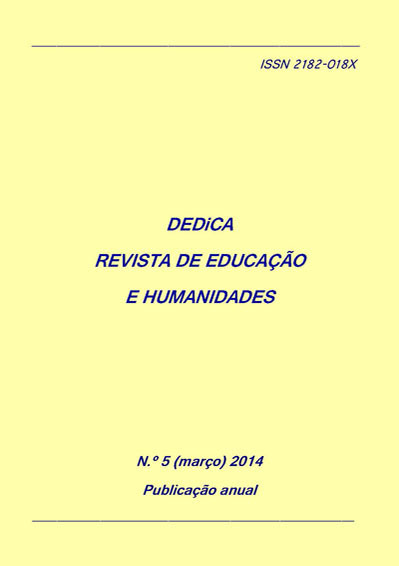Japanese performing arts known by missionary priests within the intercultural milieu of the 16th century: did Fróis encounter Christian Noh?
Contido principal do artigo
Resumo
ABSTRACT
In 1549 Francisco de Xavier, a Catholic missionary, went to Japan, and from then on missionaries continued to arrive there throughout the 16th century. Notably Luís Fróis, who arrived from Portugal in 1563, lived in Japan for more than 30 years, and wrote “Historia de Japam” and other works comparing the cultures of Japan and Europe, considered invaluable historical materials for understanding the Japanese culture of that period: for example, pronunciation, music and theatre. In addition, European religious music was taken to Japan by missionaries. They founded theological schools called Seminarios or Correggios where Japanese boys were taught vocal and instrumental music. Later, a commission of four boys was dispatched to Rome, and they came back with some musical instruments and typographic machines.
This paper focuses on the description by the missionaries of Japanese music and plays of that time in this intercultural setting, which enabled them to become acquainted with those concrete images.



